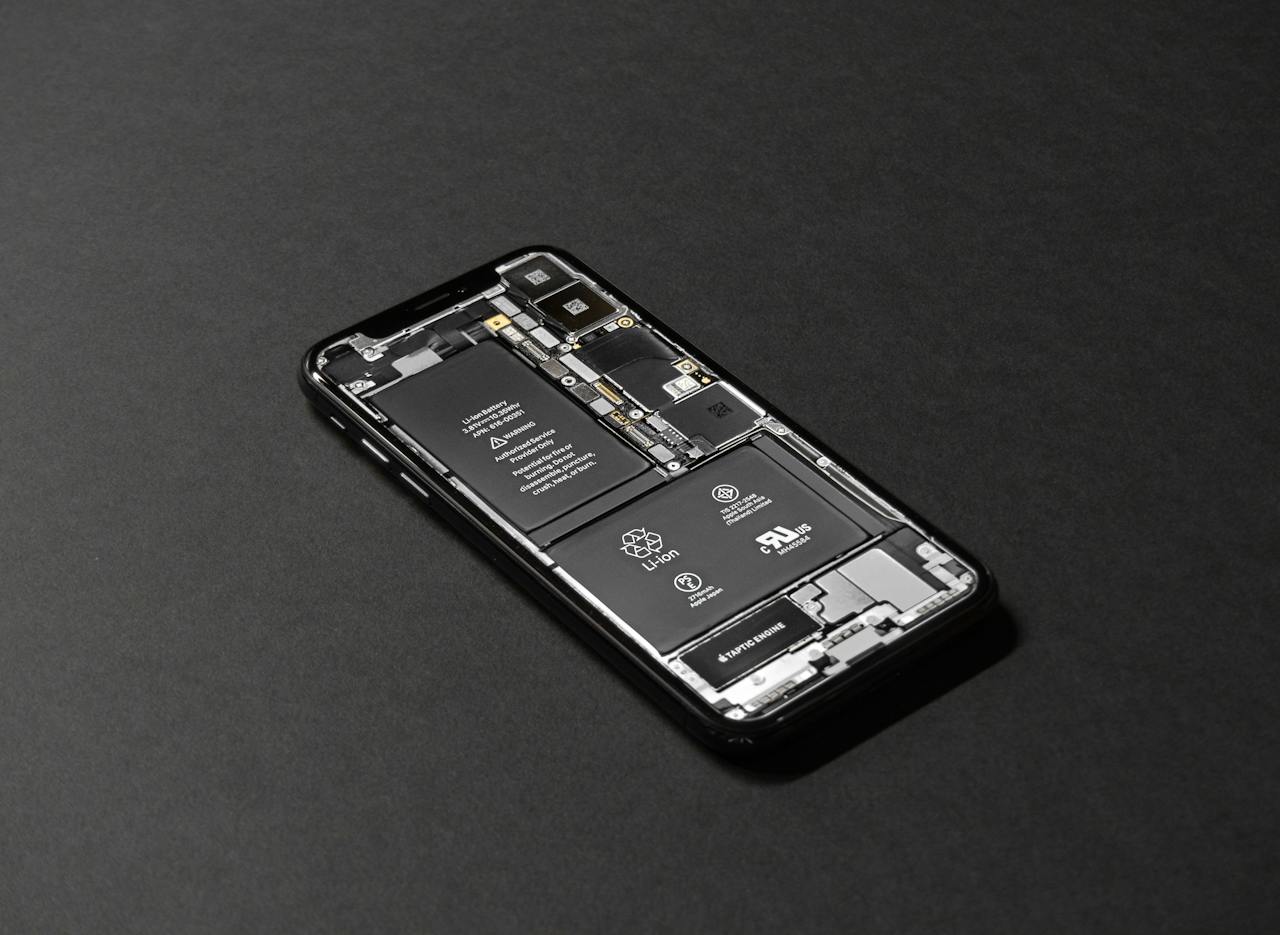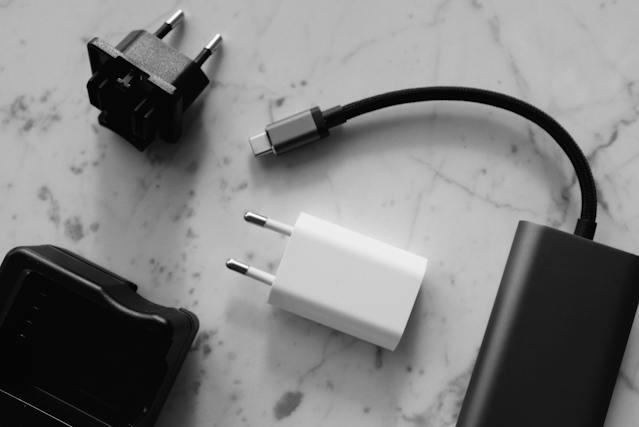Comments
- No comments found

As technology evolves, the batteries in our phones and laptops slowly deteriorate over time, a phenomenon known as "battery decay."
A recent report showed that the lithium-ion batteries in our devices lose about 20% of their capacity each year. That's a significant decline in just 12 months for such an essential component! Gradually, the battery loses more and more power each year to sustain its operation. This slow decline adds up, and you'll notice the need to recharge it for more energy halfway through the typical usage duration before recharging.
Batteries store electricity like buckets hold water. Many devices now use lithium-ion batteries to power them. In the past, nickel-cadmium (NiCd) and nickel-metal hydride (NiMH) batteries were more common. The shift to lithium-ion technology reflects advancements in battery metals, marking a significant progression in energy storage capabilities.
When we charge a device, we fill up the battery with power. Using the device empties out that stored electricity. Over time, all rechargeable batteries develop tiny cracks that let some power leak.
As batteries age, they lose their ability to hold a full charge. This gradual loss of storage capacity is called battery decay. It makes batteries store less energy and deliver less power per charge.
Devices and vehicles then operate for less time or distance per charge as batteries deteriorate. Trying to prevent battery decay entirely is impossible. However, proper handling maximizes battery life and efficiency before failure eventually occurs.
Repeated battery use puts strain on the materials, causing minor damage. Think of bending a paperclip back and forth. This mechanical degradation is especially pronounced in older nickel batteries.
Chemical changes inside the battery interfere with electricity storage. It's similar to glass getting cloudy and stained with use. Nickel batteries rely on complex chemical reactions that slowly become less efficient.
Exposure to high heat hastens battery decay. This thermal degradation is more of an issue for nickel chemistries than modern lithium-ion batteries. Older nickel batteries would lose significant capacity when exposed to high temperatures.

Battery decay begins when a battery is made and is unavoidable in chemistry and physics. Still, certain precautions allow batteries to stay solid and functional for as many cycles as science permits.
Keep your device at comfortable temperatures. If it is too hot or cold, it speeds up battery decay. Only charge the battery to 80% rather than all the way to 100%, and don't let it discharge lower than 20% before plugging it in. And if you won't be using your device for a while, store it with the battery at around 40% charge.
Topping up to 100% puts more stress on the battery every time. Charge to 80% or so for daily use instead of all the way. It's like filling a water balloon just until it takes shape rather than stretching it to its max over and over.
If you know you won't use your phone or laptop for a few months, charge it halfway to 50% before packing it up. Stored batteries slowly lose their charge, and starting midpoint preserves battery life better than storing it empty or full.
Keep your device away from very hot or very cold environments. Extreme temperatures accelerate chemical changes inside that reduce battery capacity. Don't leave it baking in a hot car or freezing on an icy porch.
Software updates often include tweaks that optimize battery charging and usage. Letting your device update ensures it can protect battery health as effectively as possible.
Fast charging gives your battery a quicker boost to plug in for less time. This causes less damage than prolonged charging at slower speeds. Fast charging does generate more heat, though, so don't overdo it.

Current batteries can power gadgets for years under normal use by controlling known decay factors. All rechargeable batteries lose power over time. Decay results from irreversible chemical reactions, mechanical wear, and heat exposure. Proper handling maximizes lifespan before failure.
Today's devices use lithium-ion batteries. Lithium ions charge faster than old nickel ones and last through more usage cycles. But every battery functions better with care. Modern batteries reliably survive hundreds of charges and discharges with moderate, regular use. Careful operation minimizes degradation, even though decay eventually ends any battery's life.
Luke Fitzpatrick has been published in Forbes, Yahoo! News and Influencive. He is also a guest lecturer at the University of Sydney, lecturing in Cross-Cultural Management and the Pre-MBA Program. You can connect with him on LinkedIn.
Leave your comments
Post comment as a guest